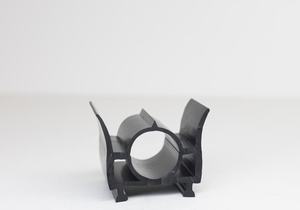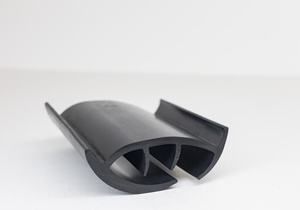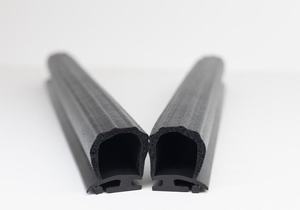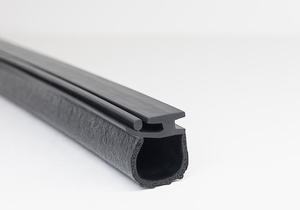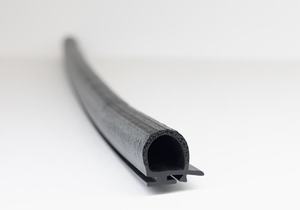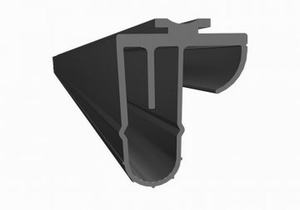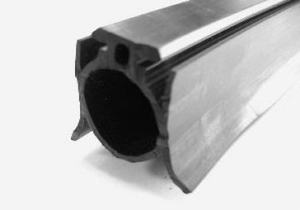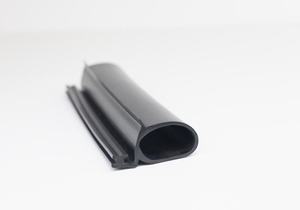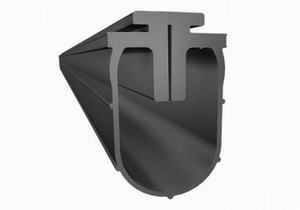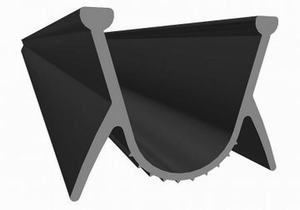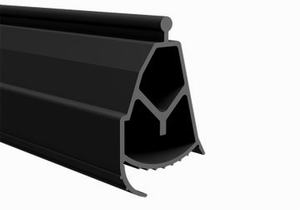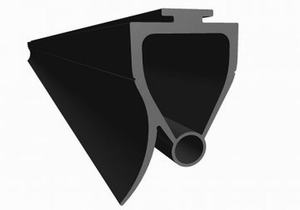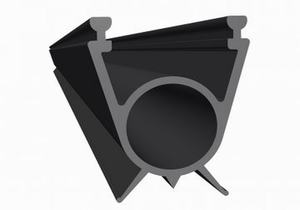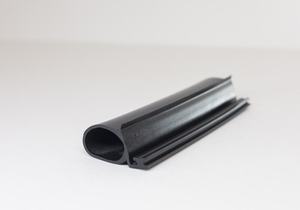Automatic door seals, also known as automatic door bottom seals or door sweeps, are essential components of commercial and residential doors designed to provide various benefits related to security, energy efficiency, and comfort. These seals come in various forms and are engineered to effectively seal the gap between the door and the floor when the door is closed. Their primary purpose is to prevent the passage of air, dust, moisture, and even sound through the gap, thereby improving the overall performance of doors and the spaces they enclose.
Here is a comprehensive and detailed description of automatic door seals:
- Types of Automatic Door Seals: Automatic door seals can be categorized into several types based on their design and function: a. Drop-Down Seals: These seals consist of a mechanism that drops a seal down when the door is closed, creating a tight seal against the floor. b. Brush Seals: Brush seals use flexible bristles to create a barrier between the door and the floor, effectively blocking drafts and preventing the entry of dust and insects. c. Bulb Seals: Bulb seals feature a bulb-shaped seal that compresses against the floor when the door is closed, providing an airtight and watertight seal. d. Fin Seals: Fin seals have flexible fins that extend outward to seal gaps, ensuring airtightness and sound insulation. e. Automatic Door Sweeps: These are typically used on the bottom of doors and have a sweep-like action to seal the gap when the door closes.
- Benefits of Automatic Door Seals: a. Energy Efficiency: One of the primary advantages of automatic door seals is their ability to reduce energy consumption. By sealing gaps around doors, they prevent drafts and heat loss in the winter while keeping cool air inside during the summer. This leads to lower heating and cooling costs. b. Sound Insulation: Automatic door seals also contribute to noise reduction by sealing gaps that can allow sound to pass through. This is particularly beneficial in residential and commercial settings where privacy and quiet are essential. c. Protection Against Infiltration: These seals act as barriers against dust, dirt, and moisture, keeping interior spaces cleaner and more comfortable. They also help prevent the intrusion of insects and pests. d. Enhanced Security: Automatic door seals improve the security of a space by eliminating gaps that could potentially be exploited by intruders or burglars. e. Comfort and Air Quality: By maintaining a consistent indoor environment, automatic door seals create a more comfortable living or working space and help ensure better indoor air quality.
- Installation and Maintenance: Installing automatic door seals is a relatively straightforward process that typically involves attaching them to the bottom of the door or the door frame. The specific installation method may vary depending on the type of seal used. Routine maintenance involves cleaning and inspecting the seals for wear and tear to ensure they continue to function effectively.
- Applications: Automatic door seals are widely used in various applications, including residential homes, commercial buildings, industrial facilities, healthcare institutions, and hospitality establishments. They can be installed on exterior and interior doors, including entry doors, sliding doors, garage doors, and more.
In summary, automatic door seals play a crucial role in improving the energy efficiency, security, and comfort of spaces by sealing gaps around doors. They come in various types to suit different door configurations and offer a wide range of benefits, making them an essential component in modern building design and maintenance.
